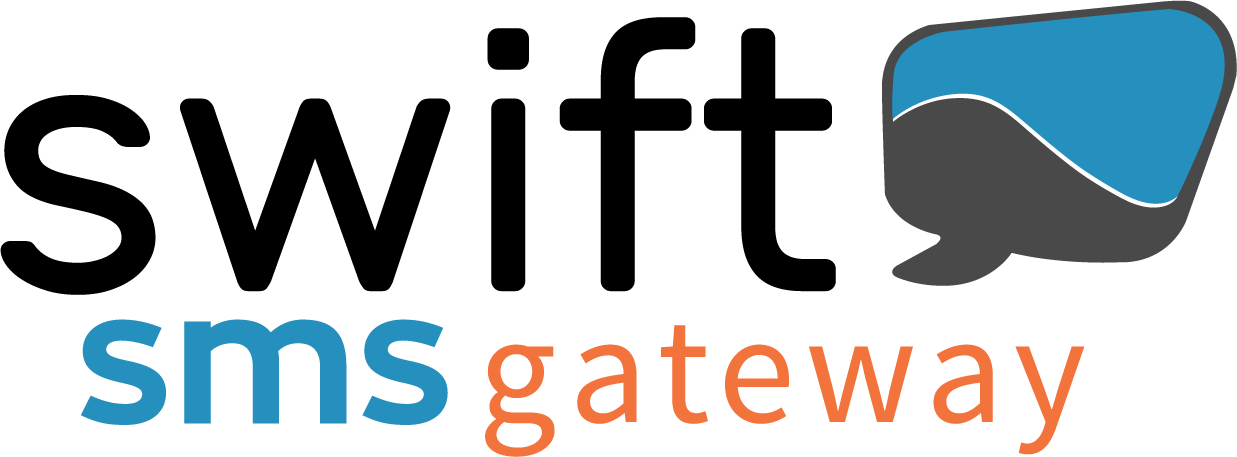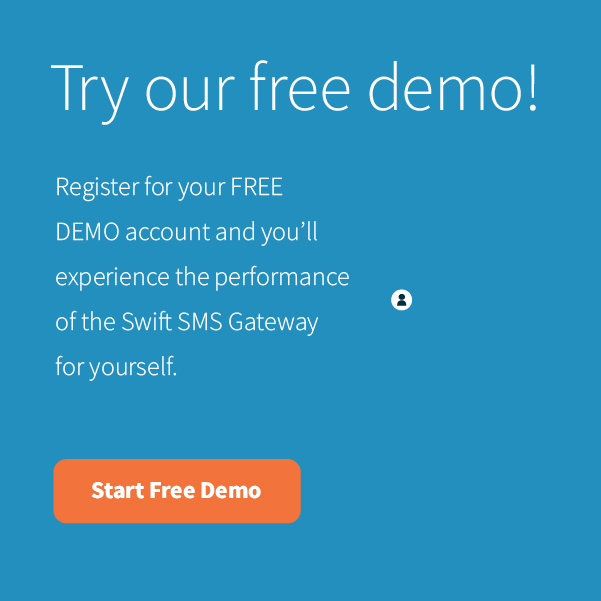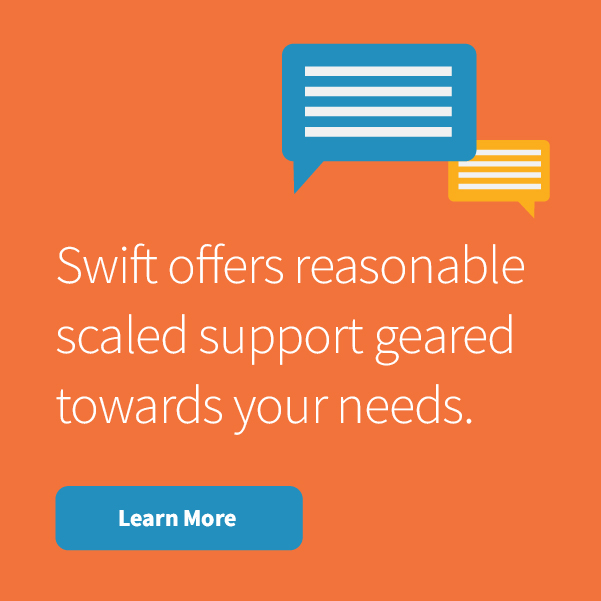Short message service (SMS) communication for businesses is becoming an absolute must-have as companies look to scale and innovate in their promotional and notification campaigns. However, fair SMS marketing needs proper registration and compliance. Enter 10DLC registration: a process that ensures proper business number verification and validation for commercial SMS communication. Formal registration prevents spam and unsolicited messaging while also ensuring consumer protections and mobile carrier compliance.
Failing to register your messaging services properly can halt campaigns, attract fines and penalties and even lead to the suspension of business operations when marketers flout regulations. This Swift guide will walk you through what 10DLC number registration is and why it's required. We'll provide a five-step registration process, including brand and campaign registration, to help you secure the compliance essentials for your business.
What Does 10DLC Registration Entail and Why Is It Necessary?
Mobile carriers like AT&T, T-Mobile/Sprint and Verizon created the A2P 10DLC system to register and vet business traffic sent over standard 10-digit phone numbers. This process guards against spamming and marketing abuses so that promotional messaging fully complies with mobile carrier regulations.
10DLC compliance benefits include improved messaging trust, deliverability and A2P throughput. As you might expect, there are differences between the requirements in the U.S. and Canada:
In the United States
The United States enforces 10DLC registration through your Campaign Service Provider (CSP), which also involves input and management through The Campaign Registry (TCR) — the central body that administers 10DLC registration. The process involves multiple steps, from CSP-led business registration and brand registration to defining specific messaging purposes and use case campaigns. Your CSP submits a formal application to TCR for review and approval.
In Canada
In Canada, your CSP exclusively vets and manages your campaign to ensure compliance with Canadian mobile carriers, confirming your eligibility with the Canadian Radio-television and Telecommunications Commission (CRTC). While CSPs are key, Canada has its own regulations, like the Canadian Anti-Spam Legislation (CASL), with carrier-specific codes of conduct for commercial messaging. The CRTC sets telecommunications policy and enforces regulations, and CSPs manage direct campaign vetting for A2P messaging.
10DLC vs. Short Code and Toll-Free Numbers
You'll be happy to know that 10DLC is the all-out victor over short code and toll-free numbers, wielding powerful advantages that cement its place as the best option for A2P messaging. These advantages include:
- Better deliverability: The 10DLC system minimizes message filtering and blocking, with wider carrier coverage and improved message deliverability overall.
- Decreased spend: Short codes offer high traffic volumes but at an increased cost, especially when looking to send bulk SMS communication.
- Increased throughput: 10DLC's higher messaging throughput makes it a more suitable option than traditional long code numbers, maximizing larger audience reach at faster rates.
- Localization: A2P 10DLC numbers work better and faster with local area codes, with positive knock-ons for customer uptake and user engagement.
- Streamlined process: Although multistep, the 10DLC registration process is straightforward. This saves businesses precious time and resources compared to the oftentimes convoluted toll-free number registration process.
Your Five-Step Guide to The Campaign Registry Process
In order to abide by the required messaging regulations, it's mandatory to use 10-digit numbers for A2P messaging. The registration process has multiple steps, and our short guide below details what actions you'll take to get approved.
Step 1: Partner With a Campaign Service Provider (CSP)
The 10DLC compliance process starts when you partner with a CSP to help facilitate and navigate all industry-standard validations and verifications thoroughly. Providers like Swift SMS Gateway are your go-to for comprehensive SMS expertise, network insights, mobile carrier management and negotiations, plus operational services.
Step 2: Register Your Brand
With your chosen CSP at the helm, you'll register your brand with TCR. Certain business details are required, namely your company's legal name, the relevant physical address, your tax ID and Employer Identification Number (EIN) for US companies and, of course, your business contact information. Specific brand options pertain to different entities, with types such as a standard brand or a sole proprietorship.
Step 3: Register Your Campaign
Next, campaign registration, linking your brand with your SMS marketing campaign's use case. This step is handled by your CSP or messaging service provider. The campaign registration notes the specific use case related to your planned SMS messaging, signifying exactly what kind of marketing promotions, notifications, reminders or customer alerts you'll send to SMS receivers. Provide a clear example or accurate sample text messages to represent the kind of messages that you'll send to customers.
Pro Tip: Sample messages should display best practice; always include your business name and overt opt-out instructions/language.
Step 4: Submit Your Brand and Campaign Details for Vetting
Here, your CSP submits your brand and campaign details to TCR for full review. TCR's vetting process includes an assessment of application completeness, spam risk, information accuracy, brand reputation and campaign legitimacy.
Step 5: Wait for Approval and Full Activation
Once approved, your reviewed campaign links to the registered 10DLC phone numbers, allowing you to initiate compliant SMS and promotional messaging while abiding by the necessary 10DLC regulations.
Pro Tip: Stay abreast of the latest developments, read up on the pros and cons of 10DLC campaign changes to understand how industry shifts can affect your future marketing campaigns and SMS messaging.
FAQs: 10DLC Compliance and Costs
If you still have a few lingering questions, see these quick answers for key takeaways.
How Do SMS Marketers Ensure Best Practice for A2P 10DLC Messaging?
For best practice, compliant SMS marketing in A2P 10DLC messages relies on the following components:
- Transparent business branding.
- Clear opt-in options and opt-out mechanisms.
- Customer permissions and explicit consent.
- Up-to-date record keeping.
- Written agreements.
When businesses follow the Telephone Consumer Protection Act (TCPA) guidelines, they put themselves in a good position to operate fairly, responsibly and within the bounds of national regulations.
How Much Does 10DLC Registration Cost?
The cost of 10DLC registration varies with the type of brand registration (e.g. one-time fee), the applicable 10DLC campaign registry fees (often monthly) and the per-message carrier fees. Your total spend is determined by your chosen CSP and any applicable mobile carrier specifics.
How Long Does 10DLC Registration Take?
While brand registration approval can be quick, campaign vetting may take several days to a few weeks, depending on the use case and The Campaign Registry's required review times.
Simplify Your 10DLC Registration With Swift Sms Gateway
The 10DLC registration process is the quickest, safest and most legitimate way to ensure full SMS marketing compliance for uninterrupted business SMS communication. By joining forces with Swift SMS Gateway, you can shift your focus to other business milestones while we take care of the brand and campaign registration procedure.
We understand the nuances of A2P 10DLC regulation, helping our customers navigate all relevant TCR requirements smoothly. Take the next step toward compliant SMS messaging and sign up for a free Swift demo today.


